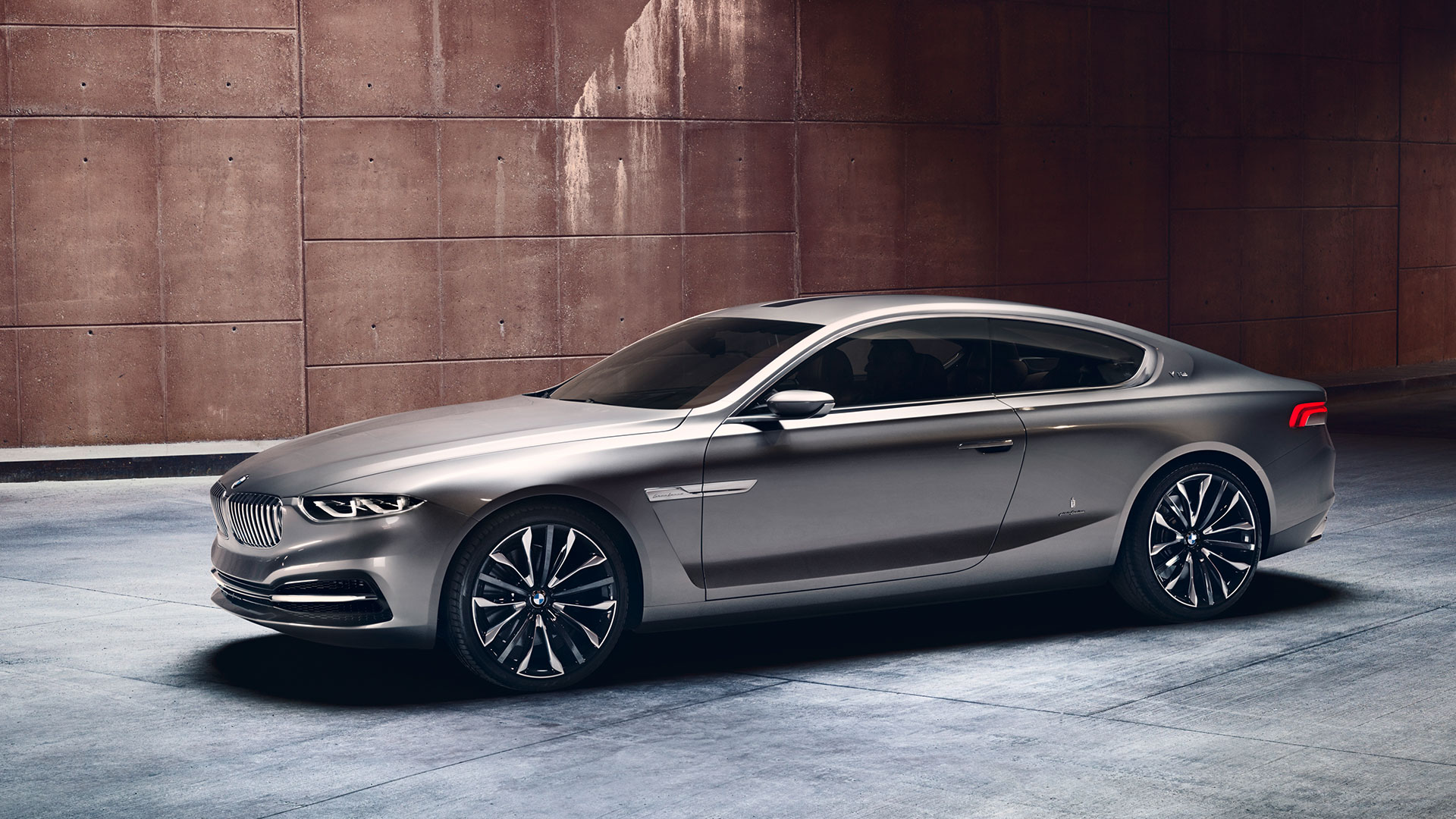Although BMW only produced the strapping, lusty wedge known as the E31 8-Series from 1989 to 1999, the Munich automaker’s “best failed experiment” made its mark among aficionados. It also helped Will Smith get jiggy with it, and laid the V12 architecture of what would evolve into the engine for the McLaren F1 supercar. We thought we were close to an 8-Series redux when BMW showed the exquisite Pininfarina Gran Lusso Coupe in 2013, only to have company bosses squash the idea soon after. But, according to recent reports, there’s been movement behind the scenes. The 8-Series flagship nameplate will “tentatively” be resurrected by 2020.
BMW CEO Harald Krueger is said to be leading this charge, perhaps to take a shot at the Mercedes-Benz S-Class coupe, and reap a share of the enormous profit margin of such vehicles. BMW’s money men estimate that Mercedes clears up to €30,000 on each S-Class it sells. And, if that’s true, the sales disparity between the S and 7-Series amounts to an incredible €1 billion in profit for Mercedes. If this were about numbers, though, a broadside attack on the S-Class Coupe wouldn’t likely succeed.

“If you look at the S-Class in comparison to its competitors, it’s leading the market and that’s not going to change anytime soon as far as we can see,” Tim Urquhart, a Principal Analyst at Global Insights, tells The Drive. “But I think the market for the large coupe will be quite a lot closer.”
Global Insight forecasts the first-generation S-Class Coupe to peak at 9,092 sales in 2017, then decline through to the arrival of the second generation in 2022. They haven’t worked up numbers for a potential 8-Series yet, but the Audi A9, which they expect to appear in 2019, is forecasted to sell a peak of 10,668 units in 2020. The second-gen S-Class Coupe would retake the top spot in 2022 with 10,258 units—about 10 percent of S-Class sedan sales. “The race will be pretty close between these really high-end coupes based on the big sedans,” says Urquhart, “but as it stands the S-Class will continue to dominate its immediate peers.”
That’s probably fine for BMW, even at those volumes when clearing €30,000 per vehicle.

“I don’t know if it’s about BMW trying to take on the S-Class specifically as much as it is recognizing that there’s so much opportunity at the high end, especially from a profitability-per-unit standpoint,” adds Eric Lyman, VP of Industry Insights at TrueCar.
BMW’s historic reputation in the entry-level segment could give it leeway in establishing a clear identity at the top. Says Lyman: “I view the S-Class as the pinnacle of what Mercedes stands for as a brand, whereas with BMW, the pinnacle of what their brand represents is the 3-Series, more performance-oriented rather than luxury. Coupe variants tend to and attract a buyer who’s more interested in performance, so that plays right into BMW’s opportunity.”
Two design studies are vying for votes, one being a “bigger and nobler” 6-Series Gran Coupe, the other a proper two-door. If one of them does get the green light, we could see a concept on the auto show circuit in 2018. The production model will be built in BMW’s plant in Dingolfing, the same facility where the original was produced.
